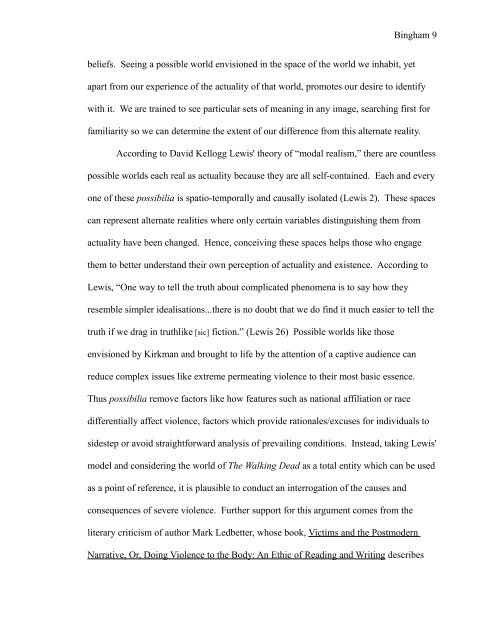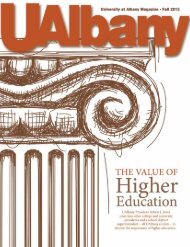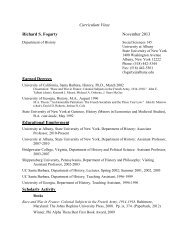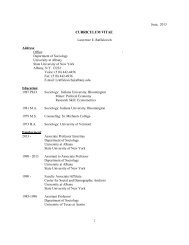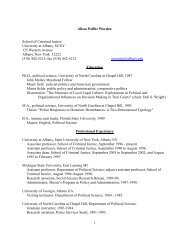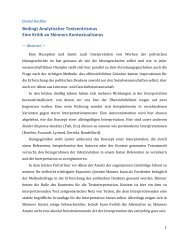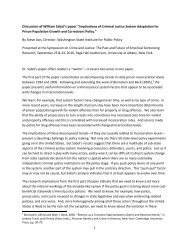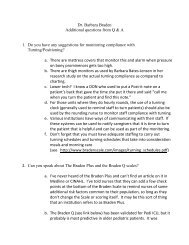Walking Corpses & Conscious Plants: Possibilist Ecologies in ...
Walking Corpses & Conscious Plants: Possibilist Ecologies in ...
Walking Corpses & Conscious Plants: Possibilist Ecologies in ...
Create successful ePaper yourself
Turn your PDF publications into a flip-book with our unique Google optimized e-Paper software.
B<strong>in</strong>gham 9<br />
beliefs. See<strong>in</strong>g a possible world envisioned <strong>in</strong> the space of the world we <strong>in</strong>habit, yet<br />
apart from our experience of the actuality of that world, promotes our desire to identify<br />
with it. We are tra<strong>in</strong>ed to see particular sets of mean<strong>in</strong>g <strong>in</strong> any image, search<strong>in</strong>g first for<br />
familiarity so we can determ<strong>in</strong>e the extent of our difference from this alternate reality.<br />
Accord<strong>in</strong>g to David Kellogg Lewis' theory of “modal realism,” there are countless<br />
possible worlds each real as actuality because they are all self-conta<strong>in</strong>ed. Each and every<br />
one of these possibilia is spatio-temporally and causally isolated (Lewis 2). These spaces<br />
can represent alternate realities where only certa<strong>in</strong> variables dist<strong>in</strong>guish<strong>in</strong>g them from<br />
actuality have been changed. Hence, conceiv<strong>in</strong>g these spaces helps those who engage<br />
them to better understand their own perception of actuality and existence. Accord<strong>in</strong>g to<br />
Lewis, “One way to tell the truth about complicated phenomena is to say how they<br />
resemble simpler idealisations...there is no doubt that we do f<strong>in</strong>d it much easier to tell the<br />
truth if we drag <strong>in</strong> truthlike [sic] fiction.” (Lewis 26) Possible worlds like those<br />
envisioned by Kirkman and brought to life by the attention of a captive audience can<br />
reduce complex issues like extreme permeat<strong>in</strong>g violence to their most basic essence.<br />
Thus possibilia remove factors like how features such as national affiliation or race<br />
differentially affect violence, factors which provide rationales/excuses for <strong>in</strong>dividuals to<br />
sidestep or avoid straightforward analysis of prevail<strong>in</strong>g conditions. Instead, tak<strong>in</strong>g Lewis'<br />
model and consider<strong>in</strong>g the world of The <strong>Walk<strong>in</strong>g</strong> Dead as a total entity which can be used<br />
as a po<strong>in</strong>t of reference, it is plausible to conduct an <strong>in</strong>terrogation of the causes and<br />
consequences of severe violence. Further support for this argument comes from the<br />
literary criticism of author Mark Ledbetter, whose book, Victims and the Postmodern<br />
Narrative, Or, Do<strong>in</strong>g Violence to the Body: An Ethic of Read<strong>in</strong>g and Writ<strong>in</strong>g describes


